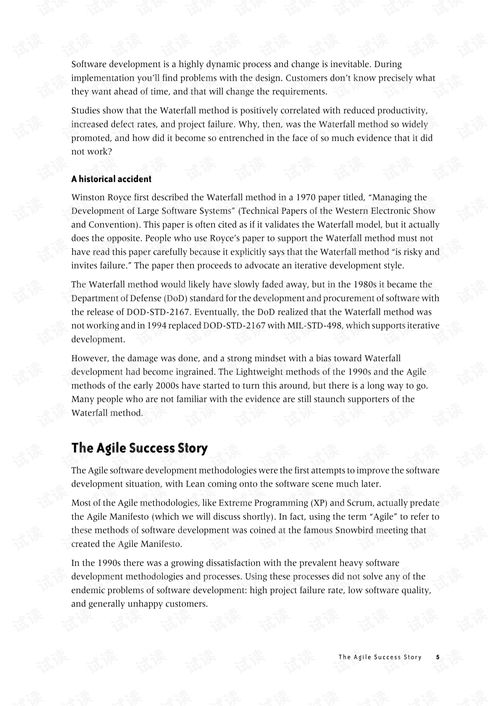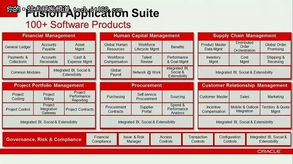Introduction:
Catching flatfish, a group of fish known for their distinctive flat bodies, can be both challenging and rewarding. Whether you're a seasoned angler or a beginner looking to expand your fishing repertoire, mastering the techniques to钓扁鱼 is essential. In this article, we'll delve into the intricacies of flatfish fishing, providing you with a step-by-step guide complete with illustrative diagrams to help you understand and implement these techniques effectively.
Understanding Flatfish:
Before we dive into the fishing techniques, it's important to understand the habits and characteristics of flatfish. Flatfish are bottom-dwellers that are often found in shallow waters, such as estuaries, bays, and inlets. They have a unique lateral line system that helps them detect prey, and their flat bodies allow them to lie perfectly flat on the sea floor, camouflaging themselves against the substrate.
Choosing the Right Gear:
The gear you use for flatfish fishing will depend on the specific species and the conditions you're facing. Here are some essential items to consider:
Rod and Reel: A medium-heavy to heavy-duty spinning rod with a fast-action tip is ideal for flatfish. The reel should be capable of handling braided line for increased sensitivity and strength.
Line: Use a monofilament line with a breaking strength of 10 to 20 pounds. Braided line can also be used, especially in areas with heavy structure or strong currents.
Hooks: For flatfish, a size 2 to 6 hook is typically sufficient. The hook style can vary, but a J-hook or a circle hook is often preferred.

Bait: Flatfish are opportunistic feeders and will take a variety of baits. Live bait such as crabs, shrimp, or small fish can be effective, as can artificial lures like spoons or jigs.
Techniques for Catching Flatfish:
Locating Flatfish:
- Use a fishfinder to locate flatfish in the water column.
- Look for areas with a mix of sand and mud, as these are common habitats for flatfish.
- Pay attention to areas with structure, such as rocks, oyster beds, or reefs, where flatfish often congregate.
Trolling:
- Trolling is a popular method for catching flatfish. Use a slow-trolling speed to cover more ground and increase your chances of encountering fish.
- Attach your lure or bait to a leader of 6 to 12 feet and let it swim just above the bottom.
Bottom Bouncing:
- This technique involves dragging your lure or bait along the bottom, mimicking the movement of a wounded fish or a piece of prey.
- Use a heavy sinker to keep your lure in contact with the bottom and a slow retrieve to mimic the natural movement of flatfish prey.
Jigging:
- Jigging involves moving your lure in short, sharp bursts to mimic the darting movements of small fish or crustaceans.
- Use a jigging spoon or a soft-plastic lure and work it in the water column from the surface down to the bottom.
Free-Lining:
- Free-lining is a simple technique where you let your bait drift naturally with the current.
- Use a light sinker and let your bait swim with the flow, allowing it to reach the depths where flatfish are likely to be found.
Illustrative Diagrams:
To help you visualize the techniques described above, we've included step-by-step diagrams for each method. These diagrams will guide you through the process of setting up your gear, casting, and retrieving your bait or lure to maximize your chances of catching flatfish.
Conclusion:
Catching flatfish requires patience, practice, and a good understanding of their habits. By following the techniques and tips outlined in this guide, along with the help of our illustrative diagrams, you'll be well on your way to becoming a skilled flatfish angler. Remember to always respect the environment and practice catch-and-release when possible to ensure the sustainability of these valuable fish populations. Happy fishing!












